

If you’ve ever opened up a remote, a toy, or even a laptop, you’ve probably seen a green or blue board with lots of tiny parts on it. That’s a circuit board. And all those little parts? They each have an essential job.
Understanding what these parts are and what they do can help you fix electronics, build your own devices, or simply understand how things work. If you ever work with a PCB board manufacturer or one of the top PCB manufacturers, this knowledge will make things easier.
Let’s look at the parts of a circuit board in a simple, straightforward way.
PCB stands for Printed Circuit Board. It holds the electronic parts in one place and connects them with copper lines. These copper lines carry electricity between the parts, kind of like roads.
Some boards are simple, with just one layer. Others are complex, with many layers. These are called multilayer printed circuit boards. No matter the type, all PCBs have certain parts in common.
If you’re working with a PCB board manufacturer, identifying the parts correctly helps avoid mistakes. You can:
You also won’t feel lost when looking at a board made by PCB manufacturers.
Here are the basic parts you’ll see on most PCBs:
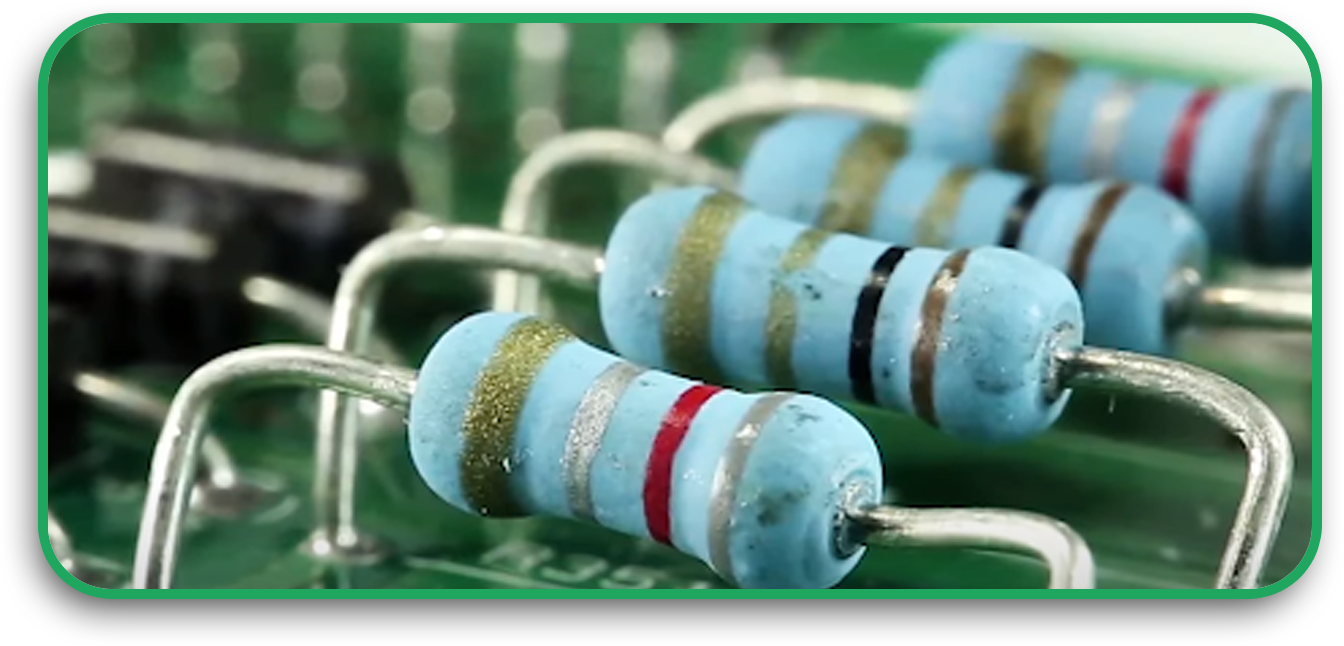
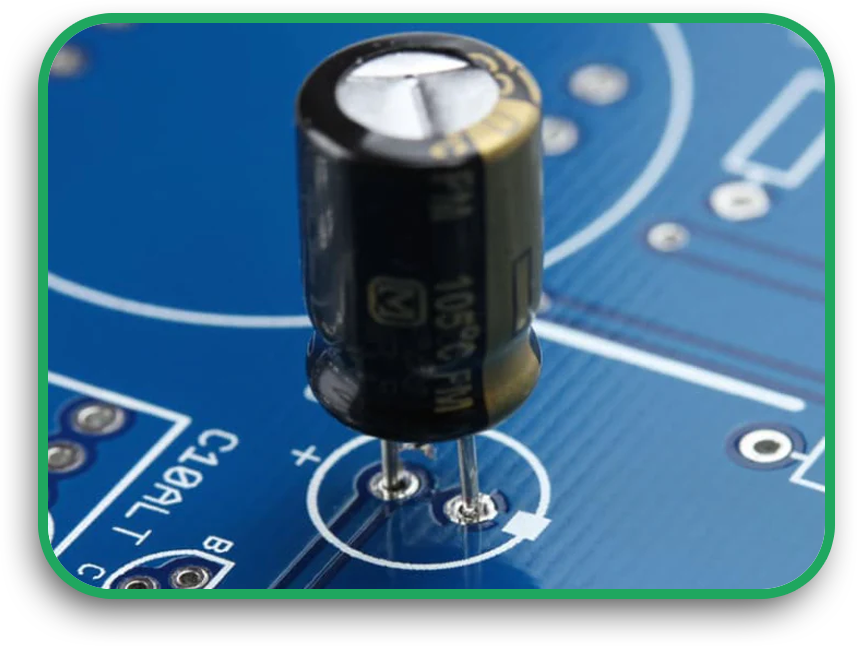

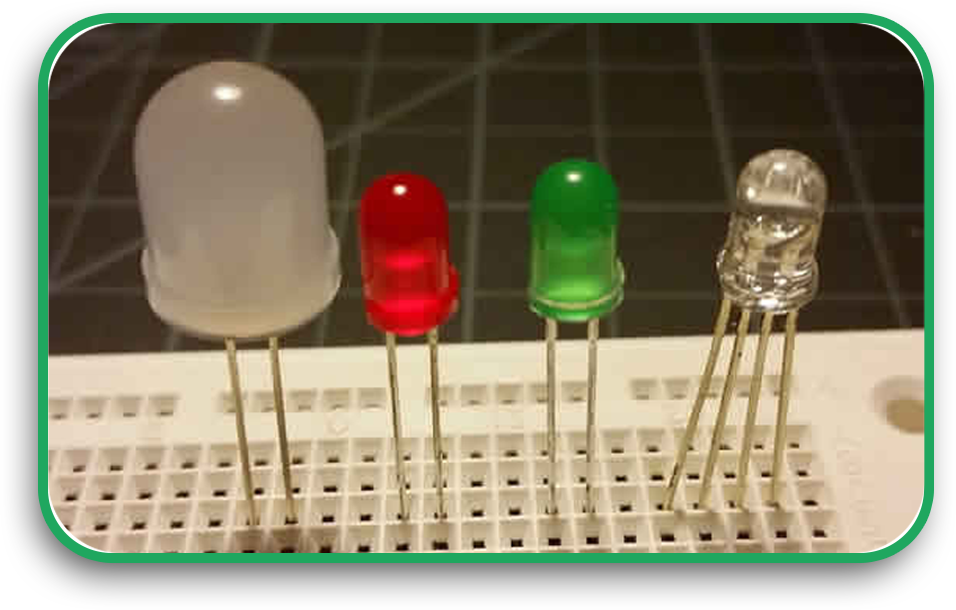

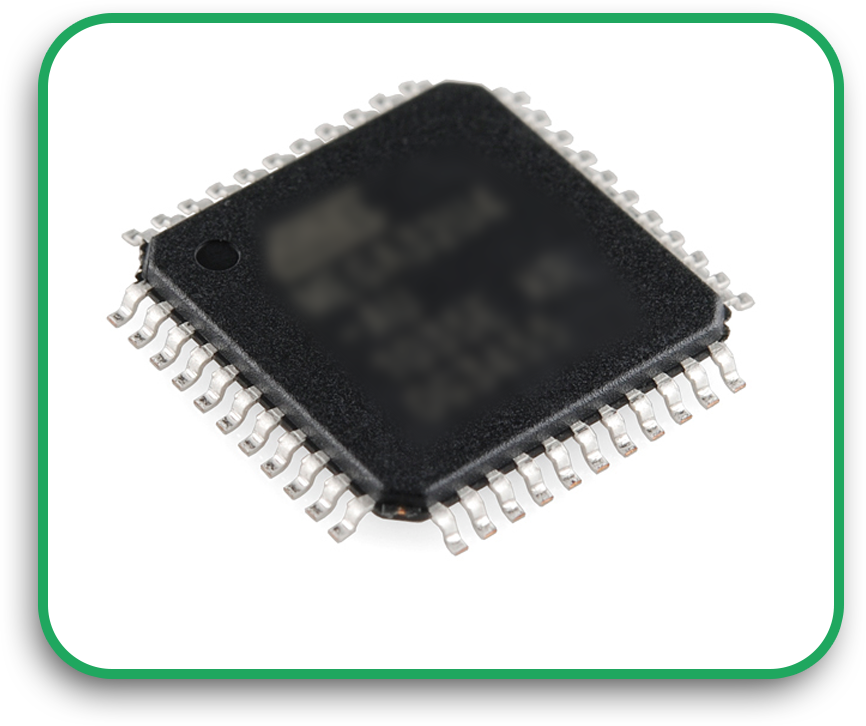
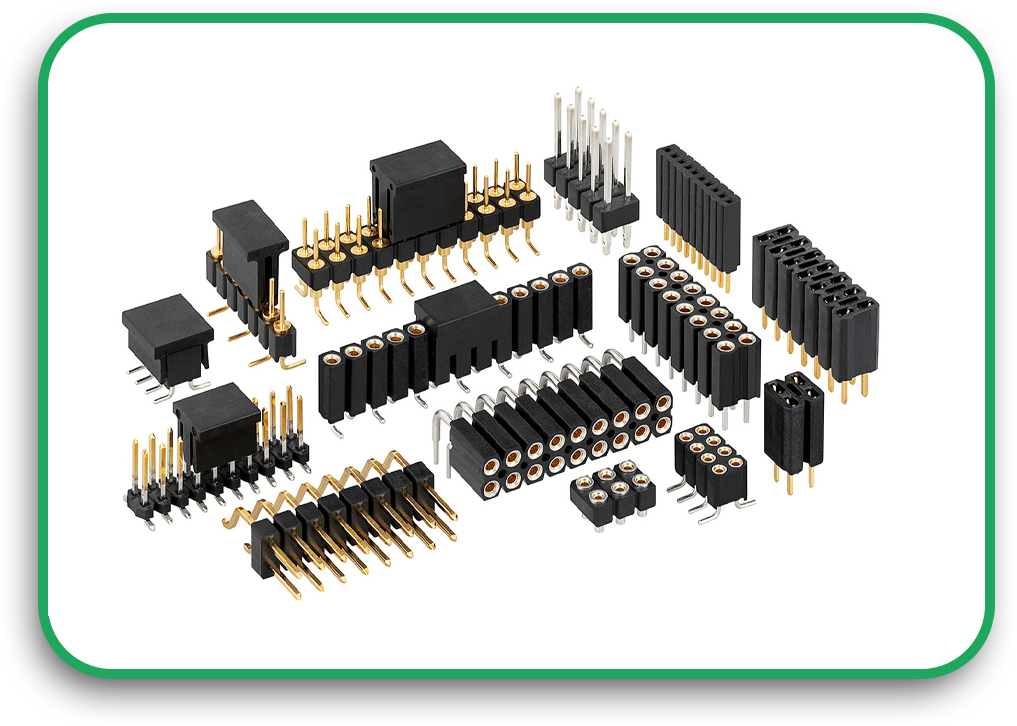

Want to learn component identification? Try these steps:
If you’re using a board from a pcb board manufacturer, you can ask for a parts list. This list will tell you exactly what each piece is.
Each part plays a key role. If one fails, the whole board might stop working. That’s why pc board manufacturers take care when placing and testing each part.
Even on a multilayer printed circuit board, the same basic parts are used. But the connections can run through different layers, which you can’t always see from the top.
If you’re fixing or designing boards, knowing where the parts are and what they do will help you spot problems fast.
When you work with pcb manufacturers, clear communication matters. If you know the parts by name, it’s easier to:
Most PCB board manufacturers use files like a bill of materials (BOM) and layout diagrams. These show what parts go where.
Once the board is made, the parts are added. Some parts have legs that go through holes. These are called through-hole parts. Others sit flat on the surface. These are called surface-mount devices.
Most new boards use surface-mount parts. They’re smaller and cheaper. But they also need careful machines to place them right. That’s why choosing the right PCB manufacturers is essential.
Multilayer printed circuit boards are useful when your design is complex. For example:
They let you fit more connections in a small space. But they can also make tracing problems harder.
If you’re working with a PCB board manufacturer, ask them for a test report or an X-ray view of the inner layers.
If you’re new to identifying circuit board parts, here are a few things to watch out for:
Even if a board looks simple, one missing part can stop everything. Always double-check.
If you want to get better at component identification, try these:
Some pc board manufacturers even provide test videos or 3D board previews. Ask for these if you’re ordering custom boards.
Knowing your electronic circuit board components gives you an edge. Whether you’re fixing a board, designing a new one, or working with a PCB board manufacturer, it helps to speak the same language.
Here’s a quick recap:
Start small, and don’t be afraid to ask questions. You’ll be surprised how fast you learn once you begin.
If you’re building your own design, choose experienced pc board manufacturers who understand your needs and can help you get the best results.
Need help with part sourcing or identifying parts on a damaged board? Reach out to a local PCB board manufacturer; many offer help for beginners.
2025-2028(c)Copyright PCBRPT Ltd., Call us +86 75529752926 Mon-Fri: 24 hours, Sat: 9am-6pm, GMT+8
Visit our office: Room 401, Building 5, Xunyuan Zhichuanggu Industrial Park, Fengtang Avenue, Fuhai Street, Bao'an District, Shenzhen, Guangdong
Visit our factory: AD6 District, Dongsheng Industrial Park, Meizhou City, Guangdong Province
Support by : Zhdr.Net | SiteMap